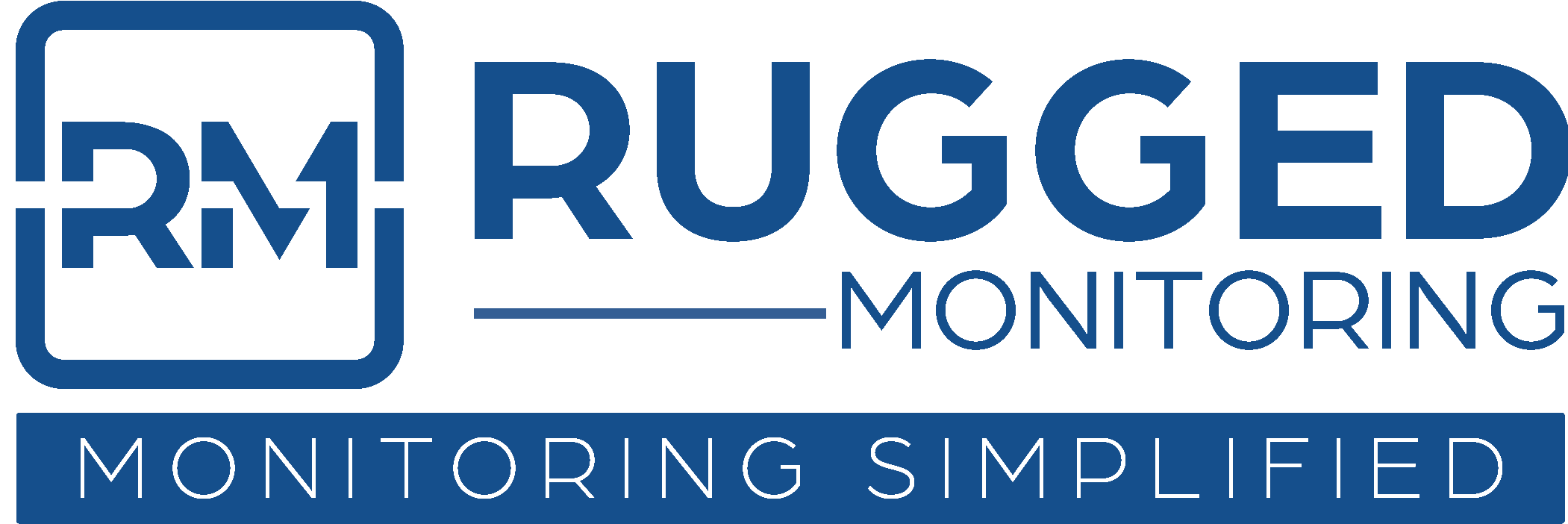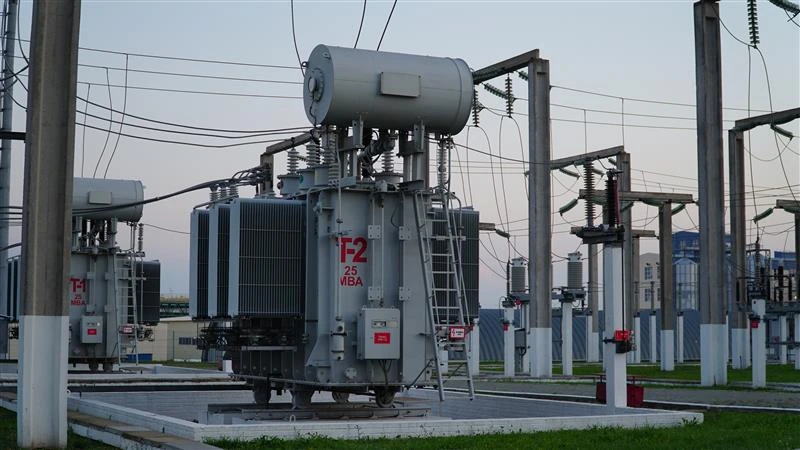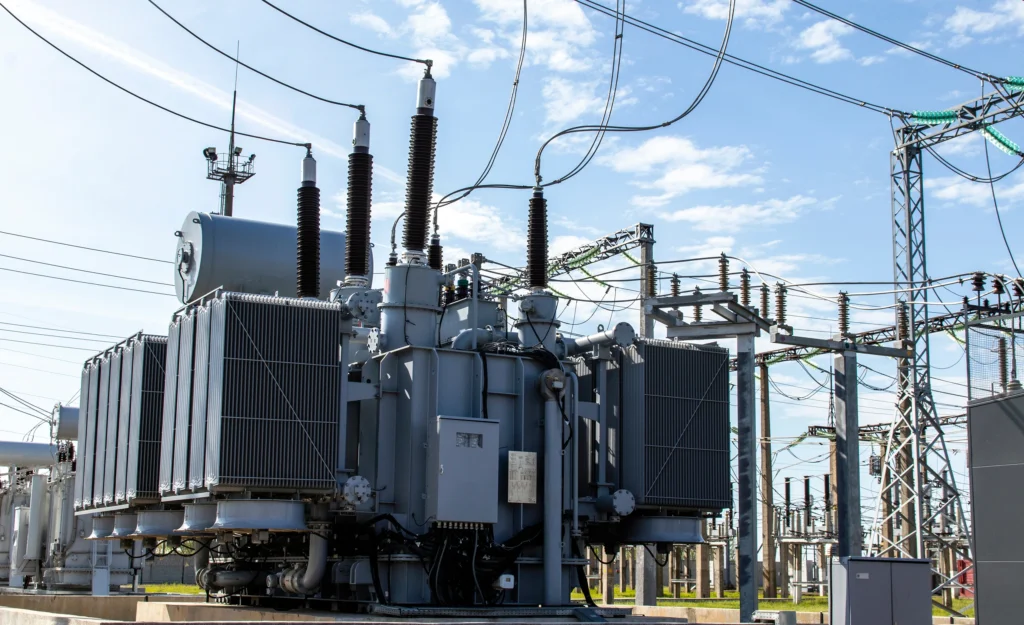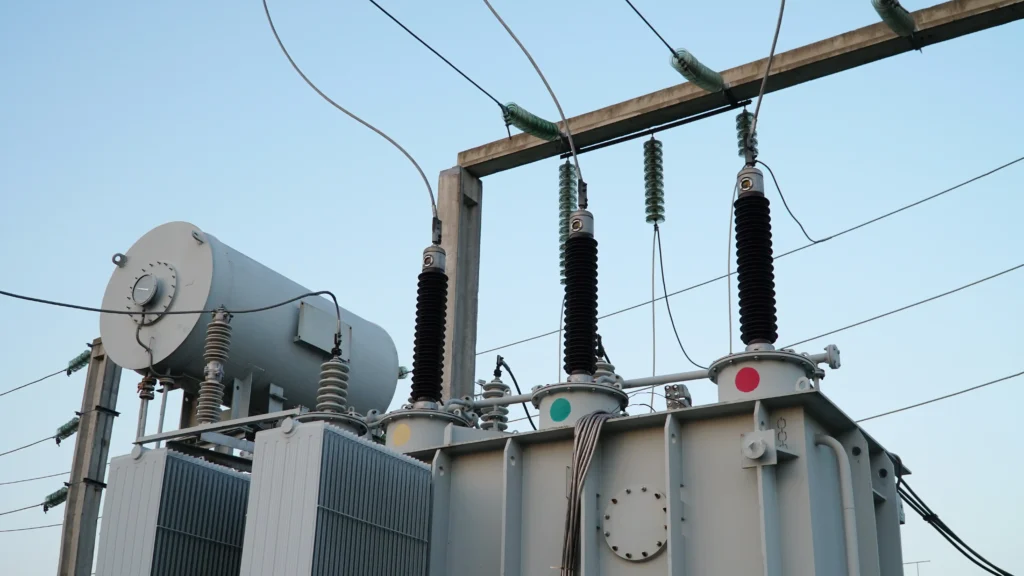Introduction
In the rapidly evolving landscape of electrical asset management, condition monitoring software emerges as a game-changer. As industries strive for operational efficiency, reliability, and extended asset lifespan, the adoption of sophisticated monitoring tools becomes paramount. This article delves into the transformative power of condition monitoring software, highlighting its technological underpinnings, benefits, real-world applications, and what lies ahead in its innovative journey.
The Technology Behind Condition Monitoring Software
Dive deep into the technological core of condition monitoring software. Explore the intricate algorithms, advanced sensors, and robust data analytics that constitute its foundation. Understand its seamless integration capabilities, ensuring holistic asset management.
Condition monitoring software has rapidly solidified its stance as an indispensable tool in the realm of electrical asset management. But what makes it such a revolutionary force? The answer lies in its intricate technological underpinnings.
- Advanced Algorithms and Data Processing: At the heart of condition monitoring software are sophisticated algorithms. They decipher patterns, predict possible failures, and provide insights into the health and performance of assets. The software’s ability to process vast amounts of data in real-time allows companies to make informed decisions instantly. These algorithms can detect anomalies even before they morph into significant threats.
- Integration with Advanced Sensors: The software’s efficiency is magnified by its seamless integration with state-of-the-art sensors. These sensors, as highlighted by are adept at capturing minute changes in temperature, pressure, humidity, and other critical parameters. Their precision ensures that the software receives accurate data, which is paramount for accurate monitoring.
- Robust Data Analytics Capabilities: With the surge of Big Data, condition monitoring software has evolved to include robust data analytics capabilities. This means not just collecting data but analyzing, interpreting, and converting it into actionable insights. The depth of analysis can provide a granular view of asset health, predictive maintenance requirements, and more.
- Seamless Integration: One of the hallmarks of advanced condition monitoring software is its ability to integrate with other enterprise systems—be it ERP systems, SCADA, or other asset management tools. This integration ensures a holistic view of asset health and performance, providing a unified platform for asset managers and other stakeholders.
- Cloud and On-Premise Solutions: Modern condition monitoring software solutions come with the flexibility of cloud or on-premise deployments. The cloud solutions, in particular, offer scalability, remote monitoring capabilities, and reduced IT overheads.
- Enhanced User Interfaces and Dashboards: A technical tool is only as good as its user-friendliness. Recognizing this, the latest condition monitoring software solutions come equipped with intuitive user interfaces, dashboards, and visualization tools. These interfaces ensure that even complex data is presented in an easily digestible format, enabling quick decision-making.
The technological prowess of condition monitoring software positions it as a cornerstone in revolutionizing asset management. As industries globally grapple with the challenges of maintaining asset health, such software emerges as a beacon of hope, promising efficiency, cost savings, and enhanced asset longevity.
Advantages of Implementing Condition Monitoring Software
Unveil the myriad benefits of integrating condition monitoring tools. From predictive maintenance, reduced downtime, and operational efficiency to unparalleled cost savings and enhanced asset lifespan, grasp the full spectrum of advantages.
The integration of condition monitoring software into the domain of electrical asset management is not just a modern trend but a strategic move. Delving deep into its advantages provides a comprehensive understanding of its indispensable role in revolutionizing asset management.
- Predictive Maintenance: A standout benefit of condition monitoring software is its ability to shift the paradigm from reactive to predictive maintenance. By continuously monitoring assets and analysing data patterns, it can predict potential failures before they occur. This, as emphasized in drastically reduces unplanned downtimes and saves significant costs.
- Extended Asset Lifespan: With timely interventions and optimized maintenance routines, the software ensures that assets function optimally, thereby extending their service life. This not only maximizes ROI but also aids in sustainability by reducing the frequency of asset replacements.
- Cost-Efficiency: condition monitoring aids in cost optimization. By identifying issues early, it prevents expensive repairs and replacements, leading to considerable savings.
- Enhanced Safety: By detecting anomalies in real-time, the software plays a pivotal role in averting potential hazards, thereby ensuring a safer work environment.
- Streamlined Operations: Condition monitoring software, with its advanced analytics and visualization capabilities, offers actionable insights. These insights streamline operations, optimize resource allocation, and enhance decision-making processes.
- Scalability and Flexibility: One of the hallmarks of modern condition monitoring software, is its scalability. As enterprises grow, the software can be scaled up to accommodate more assets without a significant overhaul.
In a technologically advancing world, the advantages of implementing condition monitoring software are manifold. For companies in the electrical asset management sphere, it’s not just a tool but a strategic ally, offering a competitive edge and ensuring sustained operational excellence.
Real-world Applications and Case Studies
Venture into the practical realm, examining industries and enterprises that have reaped significant rewards from condition monitoring software. Through tangible examples, witness the quantifiable results in cost reduction, efficiency spikes, and asset longevity.
Condition monitoring software is not just a theoretical proposition; its applications in real-world scenarios have demonstrated transformative results. Delving into real-world implementations helps elucidate how these systems are revolutionizing asset management, particularly in the realm of electrical assets.
- Power Substations: In power substations, the software’s ability to predict potential transformer malfunctions has reduced unplanned outages. According to this not only ensures a stable power supply but also extends the transformer’s operational lifespan.
- Manufacturing Plants: Several manufacturing facilities, as highlighted by, have integrated condition monitoring software to oversee the health of their machinery. By doing so, they have managed to minimize downtime, thereby ensuring seamless production lines and increased profitability.
- Energy Grids: Modern energy grids, with their intricate array of components, benefit immensely from the software’s capability to monitor multiple assets simultaneously. This aids in identifying potential bottlenecks or failures, ensuring uninterrupted energy distribution.
- Transportation Networks: Railways and subway systems utilize condition monitoring software to gauge the health of their electrical components. By doing so, they prevent potential malfunctions, ensuring the safety of passengers and timely operations.
The real-world implications of condition monitoring software underscore its pivotal role in various industries. These instances not only highlight the software’s versatility but also its potential in ensuring operational excellence across different sectors.
Challenges and Limitations
While the merits are numerous, it’s vital to acknowledge the hurdles. Delve into the potential challenges in implementation, data security concerns, and the adaptation curve for teams transitioning to this advanced tool.
While the rise of condition monitoring software has significantly improved the management and maintenance of electrical assets, it is not without its challenges and limitations. As industries increasingly integrate these systems into their operations, understanding potential pitfalls becomes paramount.
- Data Overwhelm: The software’s ability to continuously monitor assets means that it constantly generates data, which can be overwhelming and challenging to analyze without the right tools or expertise.
- Integration Issues: For many companies, integrating condition monitoring software with existing infrastructure presents difficulties. This is especially true for older facilities, where the electrical components might not be compatible with modern software requirements.
- False Alarms: while the software is designed to detect anomalies, it is not immune to producing false positives. This can lead to unnecessary inspections and maintenance tasks, incurring additional costs.
- Technical Expertise Requirement: The underscores the need for skilled personnel to operate and interpret the software. A lack of trained professionals can hinder the full utilization of the software’s capabilities.
- Cost Implications: Implementing condition monitoring software requires significant investment. While the long-term benefits often outweigh the costs, initial capital requirements can be a deterrent for smaller companies or those with limited budgets.
- Network Vulnerabilities: With the software being connected to networks, there’s an inherent risk of cyber threats. Ensuring robust cybersecurity measures is essential to prevent potential breaches and data compromises.
In conclusion, while condition monitoring software presents a revolutionary approach to asset management, it’s crucial for companies to be aware of and address these challenges. Proper training, continuous software updates, and a strategic approach can mitigate most of these limitations.
Future Outlook and Innovations
Gaze into the horizon and envision the future of condition monitoring software. From its integration with ground breaking technologies like AI and IoT to its role in sustainable and green technological solutions, explore the exciting prospects that await.
The realm of condition monitoring software is on the cusp of a transformative era, driven by rapid technological advancements and a greater emphasis on predictive maintenance in the electrical asset monitoring sector.
- Integration of Artificial Intelligence (AI): There’s an ongoing integration of AI and machine learning into condition monitoring systems. This allows for more accurate predictions of potential failures, ensuring timely interventions and minimizing downtimes.
- Enhanced Connectivity with IoT: The Internet of Things (IoT) is set to play a pivotal role in the evolution of condition monitoring software. The ability to connect a plethora of devices and sensors will enable real-time monitoring and a holistic view of asset health across various locations.
- Augmented and Virtual Reality (AR/VR) Integration: AR and VR technologies are expected to make their way into condition monitoring. This will facilitate interactive and immersive training sessions for technicians and offer visual insights into asset conditions.
- Cybersecurity Enhancements: Given the growing concerns about network vulnerabilities, there will be a significant focus on bolstering the cybersecurity aspects of condition monitoring software to ward off potential threats.
- Cloud-based Monitoring Solutions: Cloud platforms are gaining traction in the monitoring space. They offer scalable solutions, allowing companies to monitor assets across different geographical locations seamlessly.
- Customization and User-centric Interfaces: Future iterations of the software are likely to be more user-centric, with intuitive interfaces and customizable features catering to specific industry needs.
In summation, the horizon for condition monitoring software is brimming with possibilities. As the industry continues to evolve, these innovations will redefine how electrical assets are monitored, ensuring more efficient and sustainable operations.
Conclusion
The trajectory of condition monitoring software in the realm of electrical asset management is undeniably upward. As industries globally recognize its unparalleled potential, its integration is no longer a luxury but a necessity. While challenges persist, the future brims with promise, ensuring that electrical asset management is set for a revolution, powered by advanced condition monitoring solutions.




